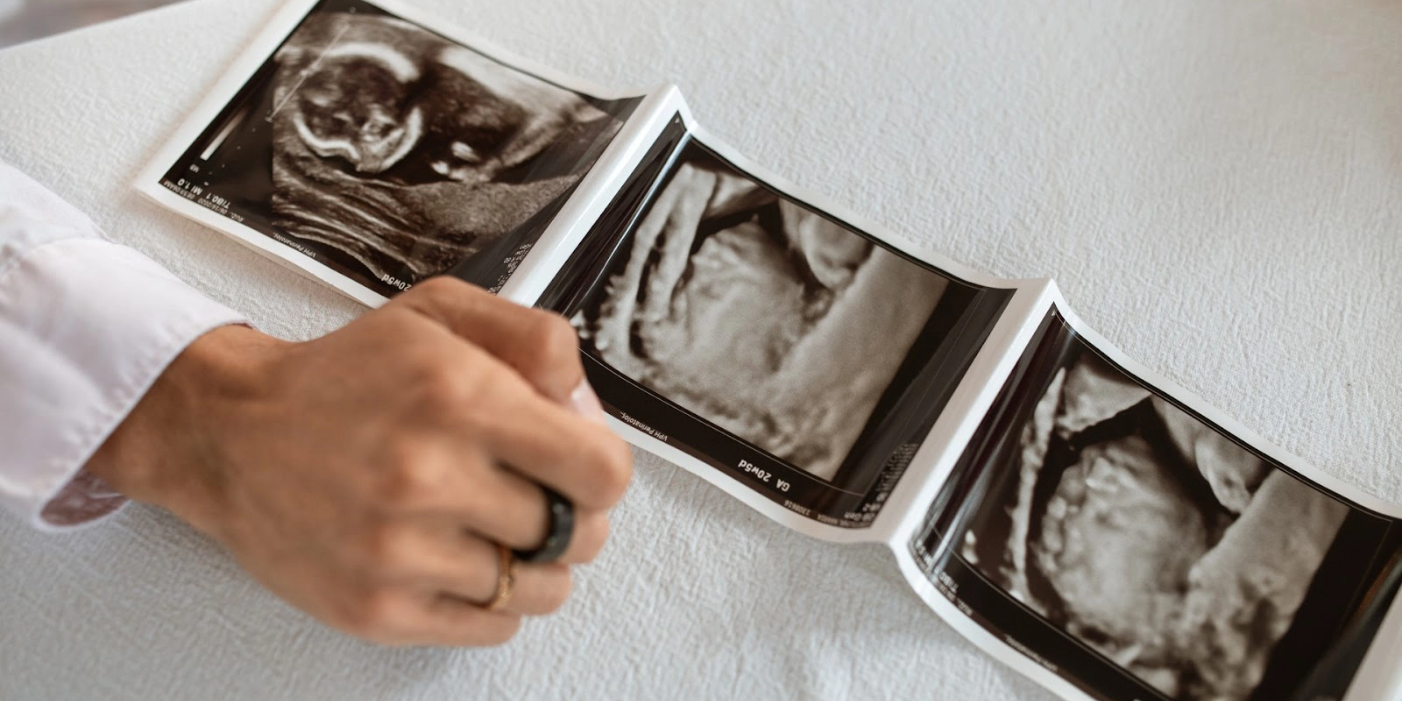
Fast facts:
There’s an overwhelming amount of information about pregnancy and conception, and not everything you hear is aligned with an actual scientific understanding of human biology.
So before you take the advice of a well-meaning relative or internet stranger at face value, let’s debunk some of the many myths about getting pregnant.
Ovulation occurs during each menstrual cycle when your ovaries release a mature egg. This is also the point in your cycle when your body is ready to receive sperm to fertilize an egg.
If you are trying to conceive, it can be helpful to track your cycle and attempt to pinpoint when you’re ovulating and what your fertile days are.
Ovulation itself lasts from 12-24 hours. An egg will survive for about 24 hours after being released unless fertilized by sperm. However, this doesn’t mean you have just one day to try and become pregnant.
The fertility window is broader, as sperm can survive for up to five days in your cervix. Barring fertility issues, you have a high chance of conceiving in the days just before the ovulation period, as well as in the 24-hour window following the release of a mature egg.
So, when exactly does ovulation happen? Many of us are taught, when first learning about human reproduction, that the average menstrual cycle is 28 days, with ovulation occurring around day 14.
Average is the key word — a cycle anywhere from 21-35 days is considered healthy. Since the timing of ovulation depends on the length of your menstrual cycle, it’s not uncommon to release an egg anywhere between days 11-21.
It’s true that your fertility — in terms of both the quality and quantity of your eggs — declines with age, regardless of your overall health.
Anyone has a better chance of getting pregnant at 30 than at 40. Your fertility begins to gradually decline around the age of 32, and a little less gradually starting around 37 onwards.
That said, plenty of women have children after 40. In fact, the average age of first-time mothers in the U.S. has recently increased due to a variety of factors from financial considerations to a greater emphasis on career goals.
Given the aging-related changes in a woman’s fertility status, however, it’s recommended to seek fertility treatment sooner if you’re over 35 and unable to conceive naturally. (After six months of trying to conceive, in comparison to a year for those under 35.)
There’s no definitive evidence that certain positions during sex can increase chances of natural conception, but some may be more conducive to helping sperm reach an egg.
A sex position that allows for deeper penetration — typically with the man on top or behind — may help get sperm closer to your cervix.
Conversely, gravity is a little less in your favor in standing or woman-on-top positions. Even so, any position can result in a pregnancy. Each male orgasm releases hundreds of millions of sperm, and they’re usually pretty good swimmers.
Since repeatedly missing periods often correlates with a fertility-related health issue, a regular cycle is a good thing for anyone trying to get pregnant.
That said, there are other factors involved in fertility, and many people don’t conceive as quickly as hoped despite getting their period each month.
No, women who have taken hormonal birth control are not any less likely to conceive than those who have never used these types of contraceptives. There’s plenty of research evidence to back this one up.
Multiple studies have found that many forms of contraceptives — birth control pills, vaginal rings, patches, intrauterine devices, and injections — will not impact your ability to conceive later in life.
Ruth Health is here to provide you with expert, evidence-based maternal care and advice.
Interested in learning more about a particular topic, or debunking more myths about getting pregnant? We’re all ears! Send us an email at hello@ruthhealth.com.
Sign up for a FREE eBook + 20% off services

Sign up for our free eBook, plus 20% off of your next booking!